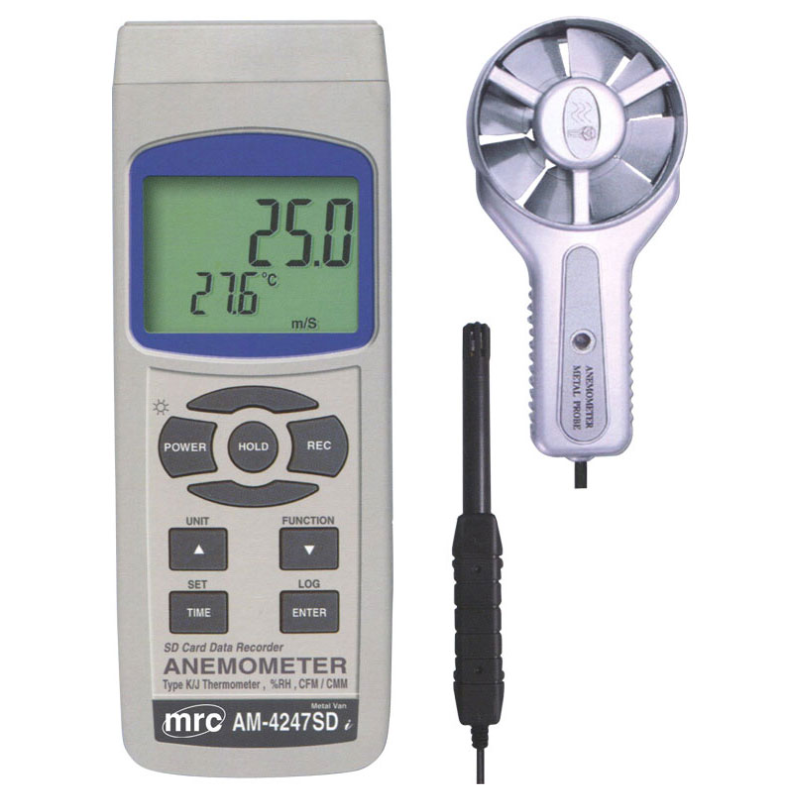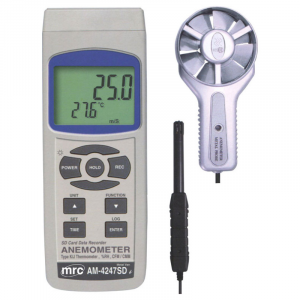An ultrasonic anemometer is a cutting-edge device used to measure wind speed and direction. Unlike traditional cup or vane anemometers, it uses sound waves to determine air movement.
How it Works
Ultrasonic anemometers operate by emitting ultrasonic pulses between transducers. The time it takes for these pulses to travel from one transducer to another varies depending on the wind’s speed and direction. By analyzing these variations, the device calculates precise wind measurements.
Components of an Ultrasonic Anemometer
Key components include:
- Ultrasonic transducers: Emit and receive sound waves.
- Processing unit: Analyzes data and computes wind speed and direction.
- Power source: Provides the necessary energy for operation.
Advantages Over Traditional Anemometers
High Accuracy
Ultrasonic Anemometers deliver highly precise readings, making them ideal for scientific and industrial applications.
No Moving Parts
Without moving parts, these devices are less prone to wear and tear, ensuring long-term reliability and minimal maintenance.
Kinds of Ultrasonic Anemometers
Two-Dimensional Ultrasonic Anemometers
These measure wind speed and direction on a single plane, typically used in weather stations and environmental studies.
Applications in Weather Monitoring
Widely employed in meteorology, these devices help track local wind patterns and provide real-time updates.
Three-Dimensional Ultrasonic Anemometers
Three-dimensional models offer a more comprehensive view, capturing vertical and horizontal wind components.
Usage in Advanced Meteorological Research
Essential for research projects studying turbulence, airflow, and atmospheric dynamics.
Applications of Ultrasonic Anemometers
Meteorology
Wind Speed and Direction Measurement
Meteorologists rely on ultrasonic anemometers for real-time, accurate data on wind conditions, aiding in weather forecasting.
Aviation
Ensuring Flight Safety
Help monitor crosswinds and turbulence around airports, ensuring safe takeoffs and landings.
Renewable Energy
Wind Turbine Efficiency
Accurate wind measurements enhance wind turbine positioning and efficiency, contributing to optimal energy production.
Environmental Monitoring
Pollution and Weather Studies
These devices are important in understanding air quality and weather-related environmental changes.
Expertise
Durability and Longevity
Built with robust materials, ultrasonic anemometers withstand harsh weather conditions and prolonged use.
Real-Time Data Output
They provide instantaneous wind readings, critical for time-sensitive applications like aviation and meteorology.
Compatibility with Data Loggers
Seamlessly integrating with data loggers, these devices allow for extensive data collection and analysis.
Choosing the Right Ultrasonic Anemometer
Factors to Consider
Measurement Needs
Determine whether you need two-dimensional or three-dimensional measurements based on your application.
Environmental Conditions
Select a model suited to the environmental challenges of your location.
What makes Ultrasonic Anemometer different from others?
An Ultrasonic Anemometer is different from other types to its non-mechanical design and the way it measures wind speed and direction. Here’s what sets it apart:
- Measurement Principle
- They use sound waves to measure wind speed and direction. They emit ultrasonic pulses between multiple transducers and calculate the time it takes for the sound to travel between them. Wind speed and direction are determined based on how the wind affects this travel time.
- Traditional anemometers, like cup anemometers or propeller anemometers, rely on moving parts that physically rotate or spin in response to the wind.
- No Moving Parts
- Ultrasonic anemometers have no moving components, making them:
- More durable and less prone to mechanical wear.
- Suitable for extreme weather conditions without risk of physical damage.
- Mechanical anemometers, on the other hand, require maintenance as their moving parts are susceptible to wear and tear.
- Accuracy and Response Time
- They offer high accuracy and can measure very low wind speeds with precision.
- They have a faster response time compared to mechanical anemometers, as there is no lag caused by inertia in moving parts.
- Multidimensional Measurement
- Many of them can measure wind in 2D or 3D, providing data on vertical wind components as well. This capability is essential in meteorology, research, and turbulence studies.
- Most traditional anemometers measure wind in a single plane (2D).
- Low Maintenance
- Since they lack moving parts, ultrasonic anemometers require minimal maintenance, making them ideal for remote or harsh environments.
- Advanced Applications
- They are often integrated with advanced systems for meteorology, aviation, marine applications, and environmental monitoring.
- Mechanical anemometers are more commonly used in simpler, lower-cost applications.








